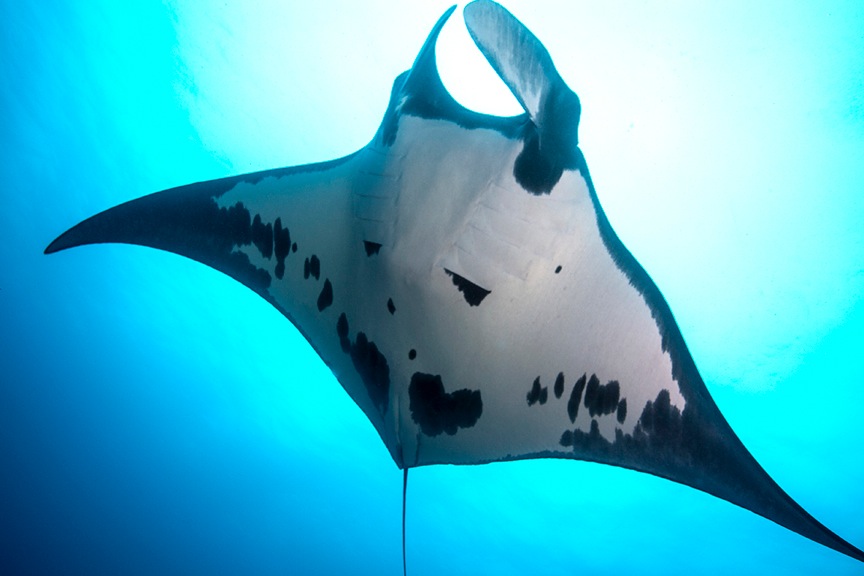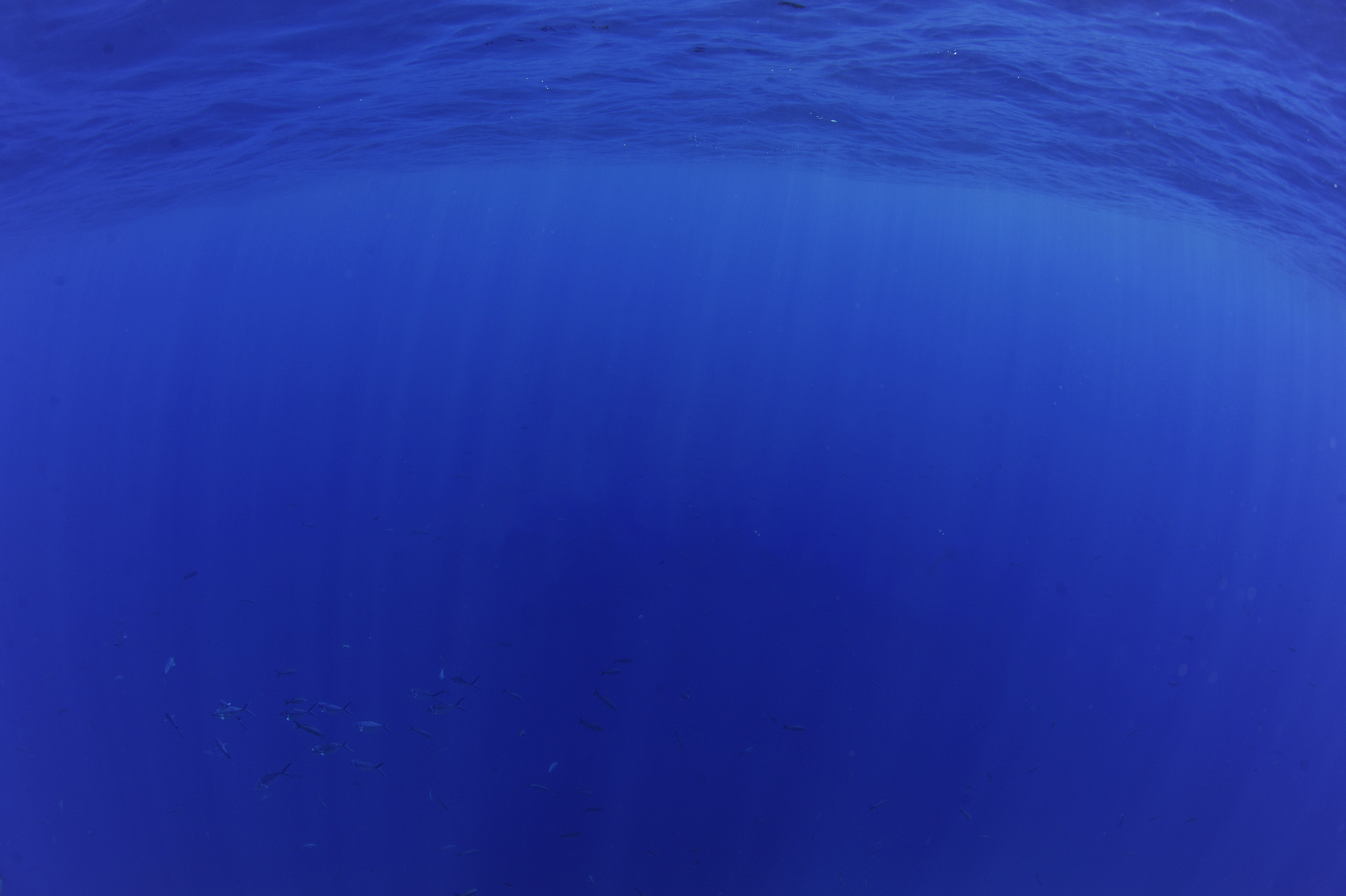
PROJECT OVERVIEW
ConnectOcean is partnering with the Manta Trust to collect and catalogue manta sightings along Costa Rica’s coast. Using sightings data and photos from local dive centers, it is building a valuable database. There are also exciting plans to take this collaboration further by working together to develop a Global Manta ID app that will:
Simplify data collection of manta sightings for a global geographical photo-ID database;
Integrate an open-source GIS platform for spatial analysis and species distribution modelling to research and evaluate the population risks imposed on mantas in various regions;
Integrate a photo-ID match system using facial recognition software by using multiple computer-assisted algorithms;
Combine all the above elements into a Citizen Science App to engage, educate and call to action the community to help gather data from encounters through uploading images of encounters worldwide;
The App can also be used as a crowd-sourcing tool to raise funds for conservation and research by making it available to users for a small donation to the Manta Trust.
ConnectOcean is also partnering with the Ocean First Institute to set up an acoustic tagging program around the Las Catalinas Islands. The Las Catalinas Islands are an important stopping point for oceanic manta rays on their migration up and down the Pacific Coast. Currently, commercial trawling and long-lining, sport fishing, and recreational diving all occur around the islands daily. The data collected will be used to propose registering Las Catalinas and surrounding waters as a Marine Protected Area (MPA).
PROJECT GOALS
To better understand the population dynamics of manta rays in Costa Rica’s waters. To have the Las Catalinas and surrounding waters declared an MPA, continuing to monitor and track changes in the marine environment as the new regulations are followed. To engage the wider Costa Rican community and tourists through education, exploration, swimming and diving programs. To aid the development of a global citizen science program that collects vital data on manta ray distribution, population size, structure, dynamics and demographics.
Main Objectives
To achieve their goals, ConnectOcean works to meet the following objectives:
(1) Build a network of local NGOs and dive operators, contributing to the Costa Rica manta ID database.
(2) Discover the migration patterns, population structure, ecology and biology of Costa Rica’s manta rays, using photo identification, local knowledge and acoustic tagging in partnership with the Ocean First Institute and the University of Costa Rica.
(3) Create a Citizen Science user application that allows the general public to contribute their sightings to a global database, whilst also educating and engaging users with marine issues.

PROJECT LEADER - ERNST VAN DER POLL
Ernst Van der Poll is an Ocean explorer and PADI Course Director living in Costa Rica. He grew up on the shores of Africa’s east coast and the ocean has been part of his professional life ever since. Ernst spent 14 years in Dubai shaping Marine environmental education in Dubai through a place-based education program called Tawasul. After moving to Costa Rica, he founded ConnectOcean, a social enterprise raising corporate commitment to Ocean Conservation and connecting communities through their Ocean Stewardship Programs. ConnectOcean became the connection between the Manta Trust and the Oceanic Manta Rays found in Pacific Costa Rican waters. He collaborates with many internationally renowned educators, researchers and innovators in order to inspire the next generation of environmentalists and leaders.

Key Achievements
Collaborations and partnerships established with Universities, Institutions, and Dive Centers with the common goal of protecting ocean habitats and marine species.
300 + reached through place-based learning and citizen science excursions focusing on exploring, understanding, and protecting.




